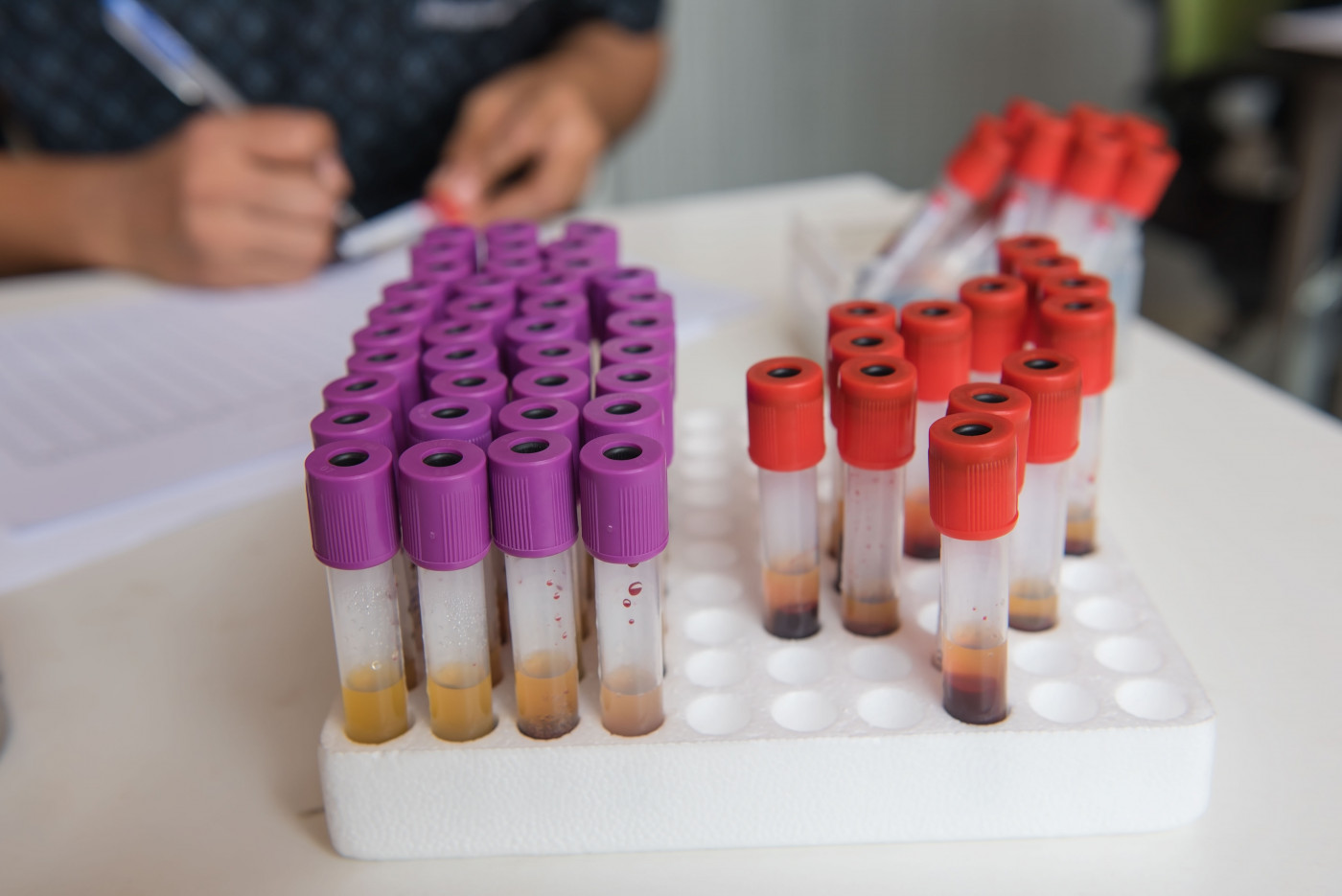Excessive Bradykinin Due to Troubled Enzyme Root Cause of HAE with Normal C1-INH, Study Says

The lack of control of a key enzyme associated with the overproduction of bradykinin seems to be the common root cause of all forms of hereditary angioedema with normal C1-inhibitor activity, a study reports.
The study, “Impaired control of the contact system in hereditary angioedema with normal C1‐inhibitor,” was published in the journal Allergy.
Hereditary angioedema (HAE) is a rare disorder characterized by sudden and recurrent episodes of swelling in the face, tongue, hands, feet, gastrointestinal tract, genitalia, and upper airways.
The disease is typically due to a lack of the C1-inhibitor (C1-INH) protein, resulting in continuous production of an enzyme called plasma kallikrein. This, in turn, raises the levels of bradykinin, a peptide that regulates blood pressure and inflammation by dilating blood vessels. Bouts of swelling during HAE attacks are linked to the excessive amounts of bradykinin.
But HAE can also affect people with normal levels of C1-INH. This form of HAE, known as nl-C1-INH-HAE, can be caused by mutations in various genes — including angiopoietin 1 (ANGPT1-HAE), plasminogen (PLG-HAE), coagulation factor XII (FXII‐HAE) and kininogen 1 (KNG1-HAE) — or be of unknown origin (U-HAE) when a clear genetic defect cannot be identified.
“All [forms of] HAE share similar clinical phenotypes [symptoms], with absence of wheals and are non-responsive to H1-antihistamine therapy,” the investigators said.
Researchers in Italy set out to identify specific biomarkers of different forms of nl-C1-INH-HAE, looking at clinical and laboratory data from a group of patients in the Italian registry database of C1-INH-HAE called ITACA.
Their study included data on 105 people who had been diagnosed with different forms of nl-C1-INH-HAE, including 43 with FXII‐HAE, 58 with U-HAE, and four with ANGPT1-HAE. Data on individuals in the general Italian population, obtained from the Italian Institute for Statistic, served as a control group.
To look for possible biomarkers of the different forms of HAE, investigators analyzed the plasma levels of cleaved high molecular weight kininogen (cHK), and several blood vessel permeability factors, including vascular endothelial growth factors (VEGFs), angiopoietins (Angs), and secreted phospholipase A2 enzymes (sPLA2). All had previously been reported to be produced in excessive amounts in people with C1-INH-HAE.
Among those with U-HAE, the levels of cHK in blood plasma were found to be higher than controls when samples had been collected without using a cocktail of protease inhibitors — a special mix of enzymes that is meant to preserve the integrity of proteins in a sample.
But in cases where the cocktail of protease inhibitors was used, no significant differences in cHK levels were found between U-HAE patients and controls.
Among those with FXII‐HAE, plasma levels of cHK were also found to be significantly higher than controls when protease inhibitors were not used during sample collection.
Researchers also found the levels of VEGF‐A, VEGF‐C and Ang1 to all be higher among U‐HAE patients compared to controls. For those with FXII‐HAE, only the levels of VEGF-C were found to be considerably higher than controls.
None of these factors were altered in people with ANGPT1-HAE. Moreover, no differences were found in the levels of Ang2 or in the activity of sPLA2 between patients and those from the general population.
“Reduced control of kallikrein activity characterizes all forms of nl-C1-INH-HAE. Based on this finding we can assume that bradykinin is the main mediator of symptoms in all nl-C1-INH-HAE, but with different pathogenetic [disease] mechanisms for its release,” the researchers said.
“Nevertheless, further studies are needed to confirm whether the differences between forms with and without C1-INH deficiency can be used as biomarkers for distinguishing among pathogenetic mechanisms that impact on treatment strategies,” they added.






